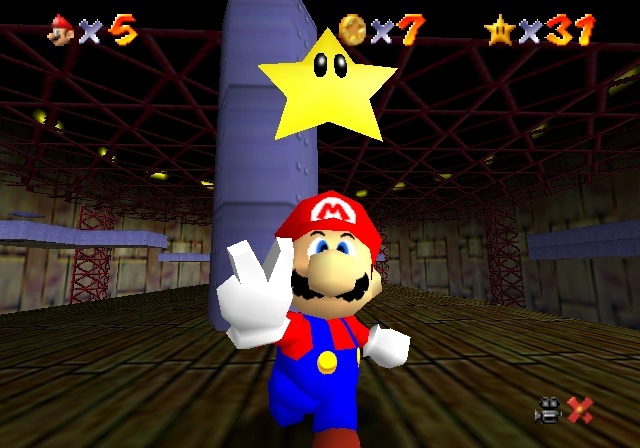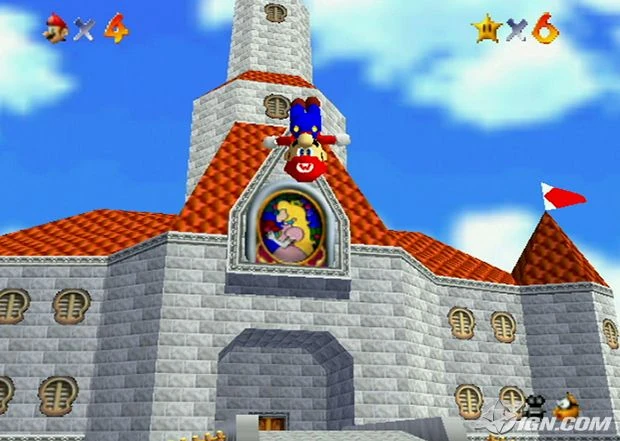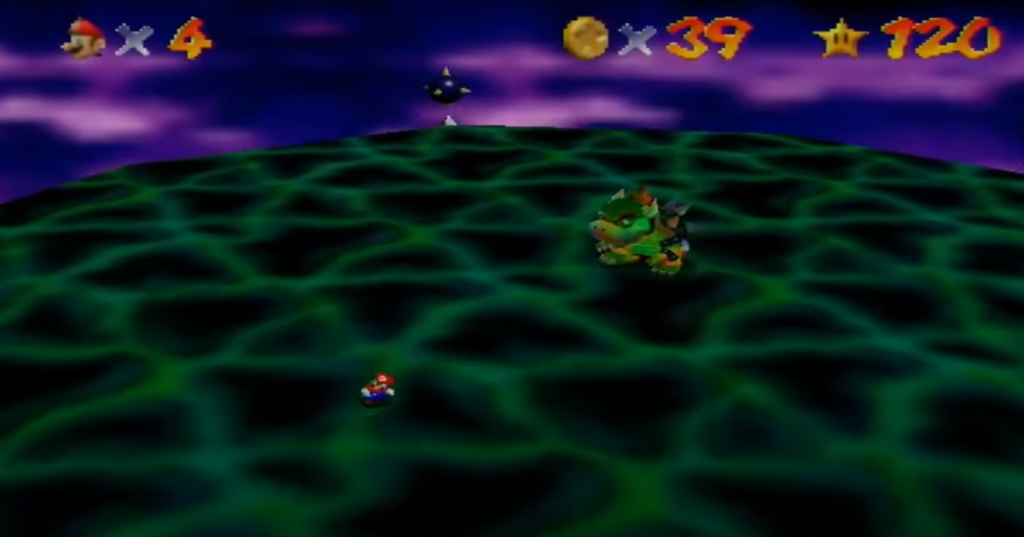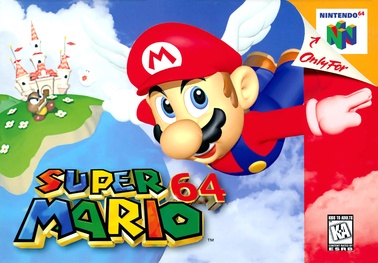Super Mario 64 revolutionized gaming when it debuted in 1996, marking Nintendo’s first foray into 3D platforming on the Nintendo 64. It set a new standard for gameplay, world design, and player freedom, solidifying itself as a cornerstone in video game history.
Gameplay
At its core, Super Mario 64 combines simple mechanics—jumping, running, and attacking—with an unprecedented degree of freedom. Players control Mario as he traverses a sprawling, open-world hub (Peach’s Castle), jumping into magical paintings to explore various levels. Each level offers multiple objectives, from collecting Power Stars to defeating creative bosses.
The controls were groundbreaking for their time. Mario’s movements felt fluid, responsive, and versatile, allowing players to pull off satisfying maneuvers like triple jumps, wall kicks, and long jumps. While the Nintendo 64’s controller was polarizing, it complemented the game’s mechanics well, showcasing analog stick precision.

Graphics and Sound
In 1996, Super Mario 64 was visually stunning. Its colorful, polygonal graphics brought Mushroom Kingdom to life in ways previously unimaginable. While the visuals are dated today, they maintain a charm that highlights Nintendo’s focus on vibrant, timeless art direction.
The music by Koji Kondo is iconic, featuring a mix of relaxing and energetic tracks that perfectly fit the game’s whimsical environments. From the serene melody of “Dire, Dire Docks” to the upbeat “Bob-omb Battlefield” theme, the soundtrack remains unforgettable.
Level Design
Each level is packed with secrets and variety, from the grassy plains of Bob-omb Battlefield to the treacherous lava pools of Lethal Lava Land. The non-linear design lets players tackle objectives in any order, fostering exploration. The game also introduced the idea of replaying levels with different goals, adding replayability and challenge.
However, not every level shines equally. The later stages, like Rainbow Ride and Tick Tock Clock, can feel punishing due to their reliance on precision and platforming over exploration.

Legacy
Super Mario 64 is more than just a game—it’s a blueprint. It influenced countless 3D platformers, from Banjo-Kazooie to Spyro the Dragon. While its camera system feels clunky by modern standards, the game’s impact on the industry is undeniable.

Verdict
Super Mario 64 remains a masterpiece, balancing innovation, charm, and challenge. It’s a must-play for gamers interested in experiencing the origins of 3D platforming or revisiting the magic of Nintendo’s golden age.
Score: 9/10
Other relevant posts:
- Mischief Makers – A Shake-Up on the N64
- Conker’s Bad Fur Day: The N64’s Foul-Mouthed Masterpiece
- Banjo-Kazooie – A Magical Adventure
- Spyro the Dragon – A Treasure Worth Collecting
- Star Fox 64 – A Space Odyssey
